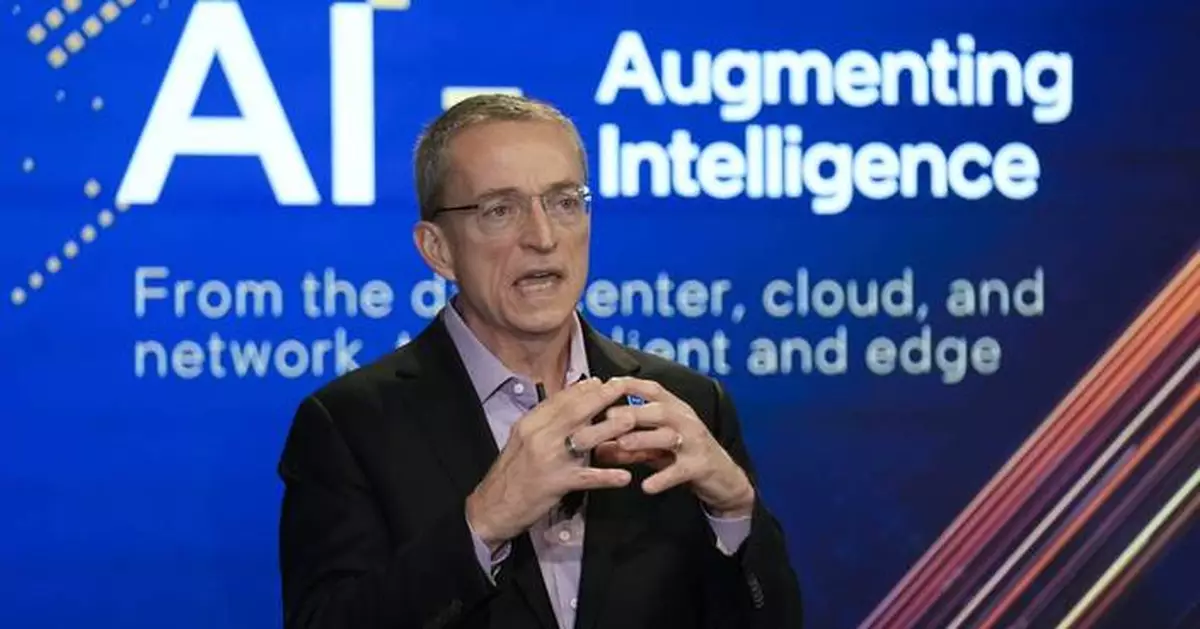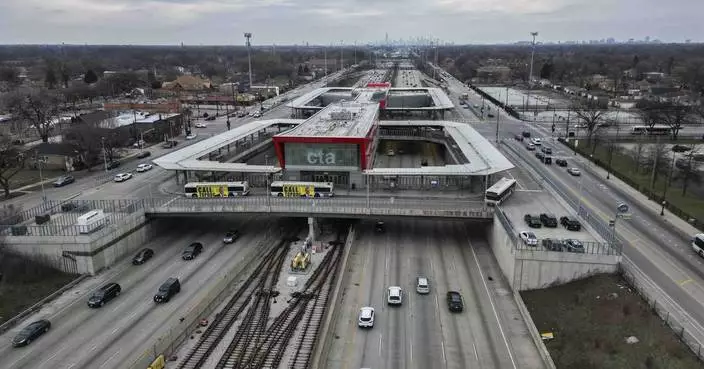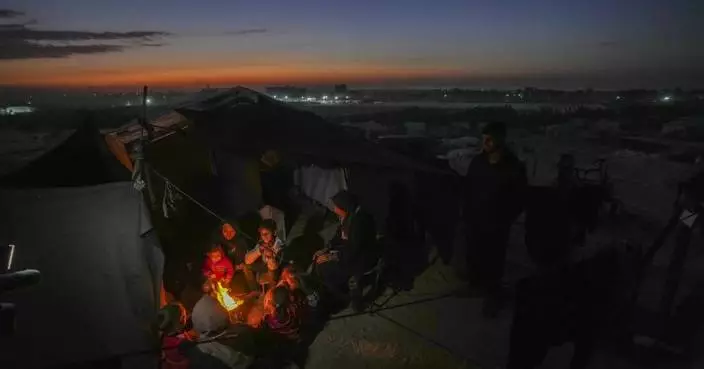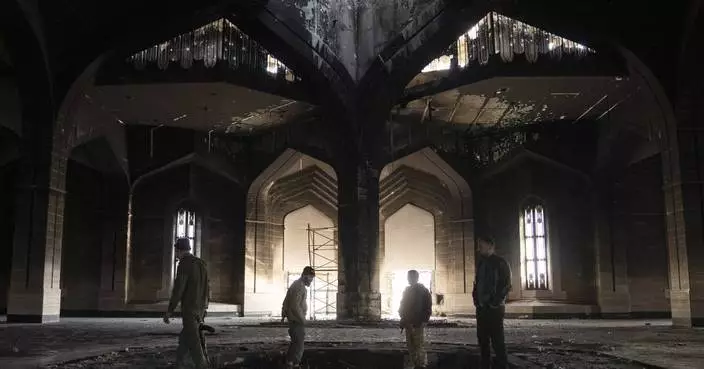Shares of Intel are surging before the market opens Tuesday after the chipmaker said its foundry business would make some custom artificial intelligence chips for Amazon Web Services as it attempts to reinvigorate its business.
CEO Pat Gelsinger said in a message to employees late Monday that Intel will create an AI fabric chip for Amazon's cloud services division at its foundry business, a struggling division that he said would become a subsidiary of Intel.
“A subsidiary structure will unlock important benefits,” Gelsinger said. “It provides our external foundry customers and suppliers with clearer separation and independence from the rest of Intel. Importantly, it also gives us future flexibility to evaluate independent sources of funding and optimize the capital structure of each business to maximize growth and shareholder value creation.”
Harlan Sur of JP Morgan believes that making the foundry business a subsidiary is a logical next step.
“We believe this move is a natural progression to drive better transparency and decision making/efficiencies and therefore should not be viewed as a surprise,” the analyst wrote in a note to clients.
Sur anticipates the shift could possibly lead to a spin out of the business over the next few years.
A board that includes independent directors will be created for the planned subsidiary.
Gelsinger also provided an update on Intel's cost-cutting efforts. The executive said that the chip maker, through voluntary early retirement and separation offerings, is more than halfway to its workforce reduction target of approximately 15,000 by the end of the year. He added that “difficult decisions” will still need to be made, with impacted employees being notified in the middle of October.
Intel also plans to reduce or exit about two-thirds of its real estate worldwide by year's end.
Shares of Intel Corp. jumped nearly 7% in premarket trading.
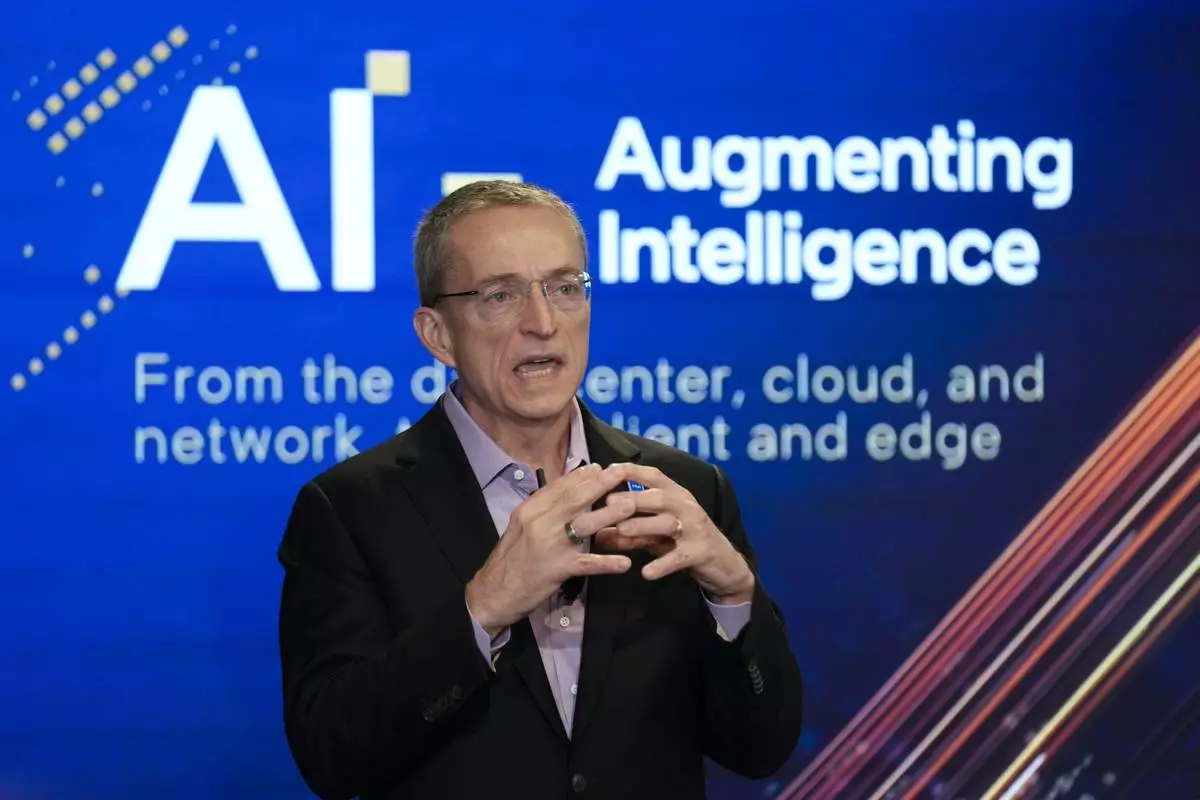
FILE - Intel CEO Pat Gelsinger speaks during an event called AI Everywhere in New York, Thursday, Dec. 14, 2023. (AP Photo/Seth Wenig, File)
LAS VEGAS (AP) — Mark Stone had a goal and two assists and the Vegas Golden Knights beat the Seattle Kraken 6-2 on Saturday night.
After falling behind 1-0 less than three minutes into the game, the Golden Knights scored three unanswered goals in the first period and never relinquished the lead.
After Keegan Kolesar tied the game at 1-all, Brett Howden took Jack Eichel’s pass from behind the net and beat Philipp Grubauer at the doorstep to give Vegas a one-goal edge. Nic Hague's goal later in the period put Vegas up, 3-1.
William Karlsson and Noah Hanifin also added goals in the third and Ilya Samsonov stopped 21 shots to improve to 8-3-1. Eichel finished with two assists.
Vince Dunn and Jaden Schwartz scored for Seattle while Grubauer made 29 saves and fell to 3-10-0.
Kraken: Center Chandler Stephenson made his first return to Vegas since signing with Seattle as a free agent during the offseason. Stephenson is the only NHL player to hoist the Stanley Cup twice in Vegas, winning inside T-Mobile Arena with Washington in 2018, and again with the Knights in 2023.
Golden Knights: Vegas has won three straight and seven of eight in December. With the win, the Knights (47) are now four points in front of Los Angeles (43) in the Pacific Division and two points shy of Western Conference-leading Winnipeg (49).
Trailing 1-0, Kolesar took a cross-ice pass from Victor Olofsson that led him perfectly on a breakaway. Kolesar’s snipe over Grubauer’s glove gave him his career-high eighth goal of the season.
Seattle is now 1-17-1 when trailing after two periods while Vegas improved to 12-1-0 when leading after the first 40 minutes.
The Knights host the Anaheim Ducks on Monday night. The Kraken visit the Colorado Avalanche on Sunday.
AP NHL: https://apnews.com/hub/NHL

Vegas Golden Knights centers Brett Howden (21) and Jack Eichel (9) celebrate after Howden's goal against the Seattle Kraken during the first period of an NHL hockey game Saturday, Dec. 21, 2024, in Las Vegas. (Steve Marcus/Las Vegas Sun via AP)

Seattle Kraken center Yanni Gourde (37) and Vegas Golden Knights defenseman Noah Hanifin (15) battle for the puck during the first period of an NHL hockey game Saturday, Dec. 21, 2024, in Las Vegas. (AP Photo/David Becker)

Vegas Golden Knights right wing Keegan Kolesar (55) and right wing Cole Schwindt (22) celebrate after Kolesar's goal against the Seattle Kraken during the first period of an NHL hockey game Saturday, Dec. 21, 2024, in Las Vegas. (AP Photo/David Becker)

Seattle Kraken center Yanni Gourde shoots against Vegas Golden Knights defenseman Brayden McNabb (3) during the first period of an NHL hockey game, Saturday, Dec. 21, 2024, in Las Vegas. (AP Photo/David Becker)

Seattle Kraken center Chandler Stephenson (9) shoots against Vegas Golden Knights goaltender Ilya Samsonov (35) during the first period of an NHL hockey game Saturday, Dec. 21, 2024, in Las Vegas. (AP Photo/David Becker)

Vegas Golden Knights right wing Keegan Kolesar (55) celebrates after scoring a goal against the Seattle Kraken during the first period of an NHL hockey game, Saturday, Dec. 21, 2024, in Las Vegas. (Steve Marcus/Las Vegas Sun via AP)



